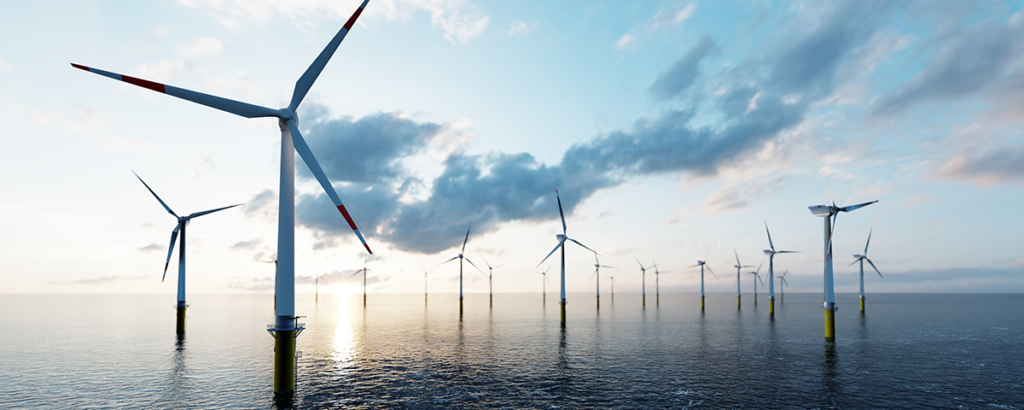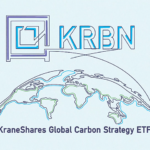
A Year in Review: Tracking Carbon Price Highs & Lows in 2022 and Major Policy Shifts to Watch for in 2023
As seen in our recent Climate Market Now post, we tracked carbon prices throughout the year, following their trajectory in the wake of the Ukraine-Russia conflict and major policy reform changes. 2022 was marked by a lot of unknowns for global carbon markets, with energy security at risk and politics at play weighing on market performance. However, by December, several policy reforms were finalized, namely more ambitious targets, expanding market coverage, and tighter annual supply cap reductions.
Key updates include the €20 billion funding plan for REPowerEU that aims to speed up Europe’s transition away from Russian fossil fuels to low-carbon energy sources and proposals to reach new emissions reduction targets through the EU's Fit-for-55 package and California's 2022 Climate Scoping Plan.
The analysis below provides a recap of 2022 developments and top performance drivers in 2023 for each key carbon market covered by the KraneShares Global Carbon Strategy ETF (KRBN).
CA and RGGI
At the start of 2022, California Cap-and-trade began trading at $34.60 before the Ukraine-Russia conflict plummeted the prices to $24 in March. The market rebounded to $32 in April and since has declined as the FED increased interest rates and recession risk increased. The CCA’s price closed the year at $30.34.
The RGGI prices started trading in 2022 at $14.12, higher than the Cost-Containment Reserve for the year. There was a sharp correction in March, with prices dropping to $12.50, then a rebound in April to $14.20, to end the year at $14.26.
For the Cap-and-trade systems, 2023 is well-positioned for a monumental year. Beginning in January, Washington will start its Cap-and-trade and Low Fuel Standard program, and the California and RGGI programs will undergo reviews.
The program reviews in California are expected to sharply tighten the market from a target of 40% below 1990s levels by 2030 to a more ambitious target of 55% below ’90s levels. This tightening will reduce future allowances auctions and account for the bank of allowances in the market. The California Air Resources Board (CARB) will likely release the new regulations by the end of 2023. This anticipated move is expected to spur investor momentum in carbon markets.
The RGGI third program review will be released in the fall of 2023. The tumultuous RGGI journey for both Pennsylvania and Virginia will likely be settled in the states’ courts in 2023, and the resolution of the issue may bring stability to the market.
The EU’s cross-border mechanism (CBAM) will start its introductory phase in October 2023. In its initial phase, importers will have to report emissions embedded in their goods. The carbon charge on imports into the EU will spur global carbon markets. It may also incentivize the US Federal Government to plan out a national carbon market.
EU and UK
EUAs began 2022 trading at €84.01 and then rose to above €96 during multiple sessions in February before dropping to a year low of €58 in March as the market reacted to the Russia-Ukraine war news. The prices then rose to a high of €98.01 in Mid-August as decreased gas flow from Russia exacerbated electricity prices. The EUAs closed the year at €83.97.
UKA to EUA premium continued through most of the last year and was maximum during August when the electricity prices skyrocketed, reaching a high of £97.75. UKAs began 2022 trading at £74.60 and closed with a reversal trend as EUAs traded $9.05 higher than UKAs on 14th Dec. The UKAs closed the year at £73.25.
Both EUR and GBP weakened last year. EUR decreased about 6.24%, while GBP saw a fall of 10.87% compared to the US Dollar.
EUAs saw a volatile end to 2022, as European legislators agreed on multiple initiatives that will radically shape Europe’s climate policies in the coming years:
- EU reached a final agreement on the proposed “Fit for 55” proposals.
- The GHG reduction target was increased to 62% from 2005 levels by 2030, from 43% below 2005 levels.
- There will be a one-off reduction to the EU-wide quantity of allowances of 90 Mt Co2 equivalents in 2024 and 27 Mt in 2026.
- Emissions from Maritime are now covered under ETS and will be phased in from 2024 with the full scope in 2026.
- The linear reduction factor of allowances will be 4.3% from 2024-27 and 4.4% from 2028-30.
- The phase-out of free allowances to industries in the ETS and the phase-in of CBAM will start in 2026 and be completed by 2034.
- A new ETS II for fuel for road transport and buildings will be established by 2027.
- EU member states agreed on a $60/barrel cap on Russian oil.
For more in-depth coverage of the EU ETS reform, see our Climate Market Now post here.
With much of the uncertainty regarding policy reform behind us, there is a lot to look forward to as the new market-strengthening measures advance and begin implementation.
Note, pricing data is sourced from Bloomberg, retrieved 1/6/2023

















